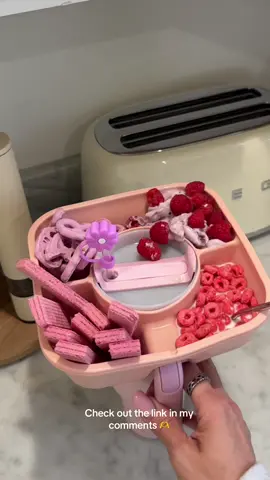Tráp & Hoa Concept
Region: VN
Tuesday 29 July 2025 01:52:50 GMT
1208
31
2
11
Music
Download
Comments
Shop hoa Tươi : TÂM AN :
❤️❤️❤️
2025-07-29 10:59:29
0
Mai Hà Minh :
Nhắn mình kéo vốnnn giúp đỡ nhé❤️❤️❤️
2025-07-31 04:12:30
0
To see more videos from user @trap_hoaconcept, please go to the Tikwm
homepage.





